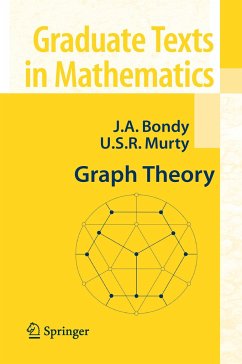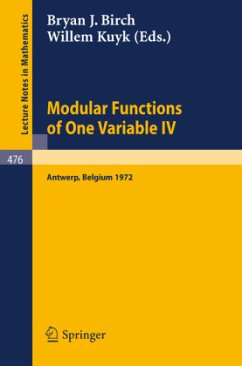
Media Theory
Interdisciplinary Applied Mathematics
Versandkostenfrei!
Versandfertig in 6-10 Tagen
76,99 €
inkl. MwSt.
Weitere Ausgaben:

PAYBACK Punkte
38 °P sammeln!
The focus of this book is a mathematical structure modeling a physical or biological system that can be in any of a number of 'states. ' Each state is characterized by a set of binary features, and di?ers from some other nei- bor state or states by just one of those features. In some situations, what distinguishes a state S from a neighbor state T is that S has a particular f- ture that T does not have. A familiar example is a partial solution of a jigsaw puzzle, with adjoining pieces. Such a state can be transformed into another state, that is, another partial solution or the ?nal solution, j...
The focus of this book is a mathematical structure modeling a physical or biological system that can be in any of a number of 'states. ' Each state is characterized by a set of binary features, and di?ers from some other nei- bor state or states by just one of those features. In some situations, what distinguishes a state S from a neighbor state T is that S has a particular f- ture that T does not have. A familiar example is a partial solution of a jigsaw puzzle, with adjoining pieces. Such a state can be transformed into another state, that is, another partial solution or the ?nal solution, just by adding a single adjoining piece. This is the ?rst example discussed in Chapter 1. In other situations, the di?erence between a state S and a neighbor state T may reside in their location in a space, as in our second example, in which in which S and T are regions located on di?erent sides of some common border. We formalize the mathematical structure as a semigroup of 'messages' transforming states into other states. Each of these messages is produced by the concatenation of elementary transformations called 'tokens (of infor- tion). ' The structure is speci?ed by two constraining axioms. One states that any state can be produced from any other state by an appropriate kind of message. The other axiom guarantees that such a production of states from other states satis?es a consistency requirement.














